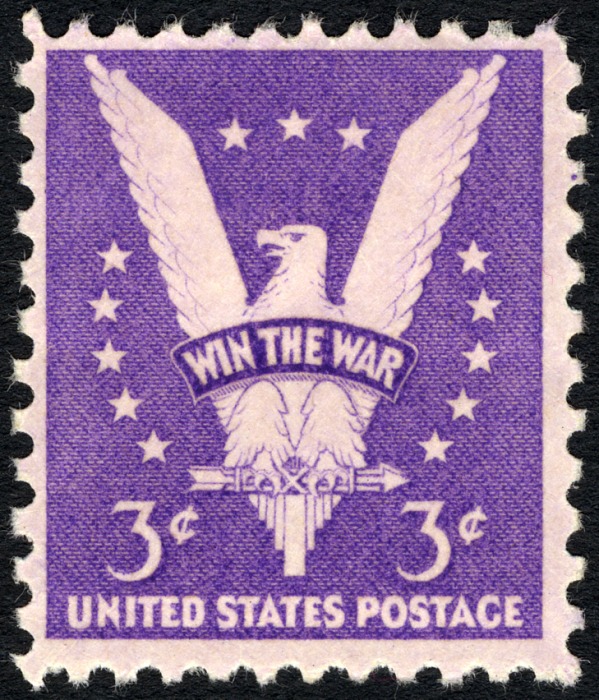 Actually, he's my great-uncle Sam Schwartz from Ungvar, Hungary, and I've been trying to find out where and when he died. During yesterday's expedition to a nearby Family History Center, I looked at microfilms showing NYC death indexes for the 1950s. Lots of Sams and Samuels. Now I've narrowed the possibilities down to 15 or so entries.
Actually, he's my great-uncle Sam Schwartz from Ungvar, Hungary, and I've been trying to find out where and when he died. During yesterday's expedition to a nearby Family History Center, I looked at microfilms showing NYC death indexes for the 1950s. Lots of Sams and Samuels. Now I've narrowed the possibilities down to 15 or so entries.Which one is the real Uncle Sam?
The "informant" would have been Sam's second wife Margaret, in all probability, and she may not have known Sam's actual birth date or place. (I only know what he reported on his WWI and WWII draft forms, which may or may not be accurate.)
Also, I don't know where in New York City he was living in when he died. I've been assuming that he stayed on in the house he owned while married to his first wife. He probably owned it clear and free by the time he died. I'll check land records at another point.
My 1st cousin (once removed) remembers that Sam had a heart attack while mowing his lawn, so that suggests he died in a warm month (roughly May through September).
Only one of the entries matches all of these criteria. I'm going to go for it--spend the $15 to find out whether that's the Uncle Sam I've been trying to find. Stay tuned! 2022 update: I guessed correctly and received the correct Sam Schwartz death cert.



